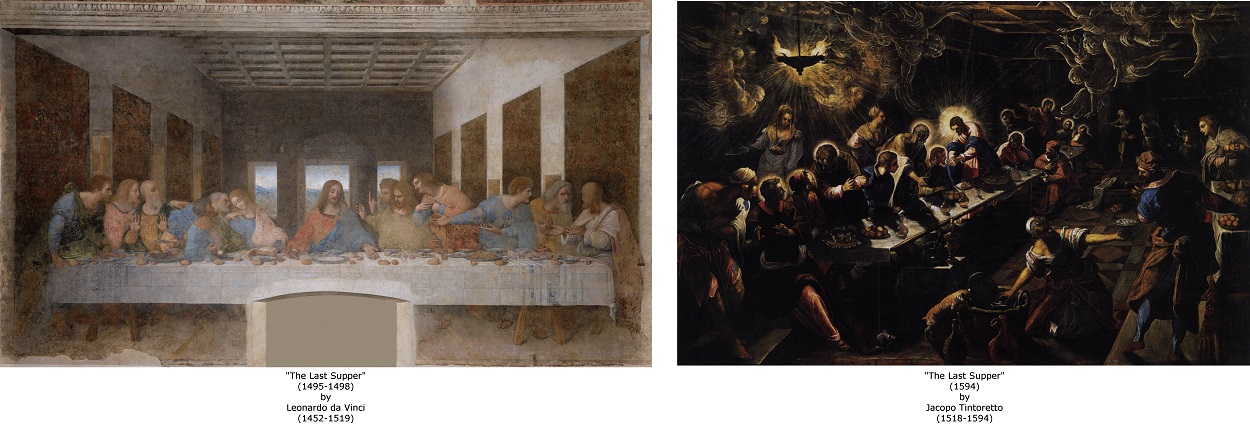Alright folks, so I got super into this whole Renaissance and Baroque art thing, seriously deep into it. Saw a bunch of fancy paintings and sculptures in books and museums, all looking incredible, but honestly? They kind of went right over my head most of the time. It felt like looking at a complicated puzzle box without the instructions. I was determined to actually get it, you know? Not just glance and nod. So, I decided to start small, based on stuff that actually worked for me.
1. Started Staring Hard at Tiny Bits
Total info overload happens if you just look at the whole masterpiece first. My head would spin. So, I made a rule: Forget the whole scene for a minute. Seriously. Like, I'd just park myself in front of one painting – maybe a Caravaggio fruit bowl or something – and really dig into one single slice of that sucker. Seriously, like one apple. How many colours can I actually see in it? Not three or four, but really look – blues in the shadow, yellows where the light hits, maybe a bit of reflected pink from the cloth nearby? Holy cow, I never noticed that stuff before! Then I'd pick something else entirely, like a fold in a velvet robe in some noble guy's portrait. How does the painter make fabric look heavy and shiny at the same time? It sounds dumb, simple even, but just focusing on one tiny piece of the puzzle, how it was made, made the whole painting start making way more sense later. It was like my eyes finally woke up.
2. Got Off My Butt and Moved Around
Okay, next level. These paintings and statues are full of people twisting and turning like gymnasts, right? Bodies all dramatic and angled. Me? I'm pretty stiff. Standing there looking at Bernini's "David" about to chuck a rock – his whole body is coiled up like a spring. How do you feel that energy? One stupid day I actually tried to copy his pose in my tiny living room. Felt ridiculous at first! But seriously, leaning back, twisting my hips, winding up my arm... Man, you feel the tension! Then I saw another painting of someone looking up at the sky like they just won the lottery, all hopeful and inspired. You bet I tried staring at my ceiling with that exact expression. Felt a bit silly, sure, but something clicked. I started noticing how artists used body positions to scream emotions without needing words. Started seeing the "why" behind all those dramatic postures in Baroque stuff – it wasn't just showing off, it was yelling the message loud and clear. Trying the poses myself made it all painfully obvious.

3. Went Looking for the Big, Shiny Bling (Literally)
Last piece. I knew Baroque loved going over-the-top dramatic, especially inside churches, full of gold and glitz. But looking at pictures in a book? Honestly, it just looked flat. Like a postcard of the Grand Canyon – you know it’s big, but you don’t feel it. So, I figured, screw it, I gotta plant myself inside one of those spaces. Found this church near me that was kind of Baroque-lite, full of gaudy decorations. Went in. Shuffled around looking super touristy. And I forced myself to just stand in one spot. Looking up at the ceiling painting way overhead, straining my neck. Checking out the insane amount of shiny gold leaf slapped onto every possible surface around the altar. How the light from the big windows was hitting some things, throwing other stuff into deep shadow. It was a bit much, honestly – like sensory overload! But that was the whole point! Standing there, feeling a bit overwhelmed by the sparkles and the grand scale, suddenly made sense of why Baroque artists went nuts with the drama, the flash, the theatrical lighting in their paintings. It wasn't just about looking fancy; it was about recreating that overpowering "whoa" feeling of being inside those palaces and churches, a feeling a flat image just can't give you.
So, Does This Stuff Work?
Look, I'm no art professor now. It's still complex stuff. But forcing myself to try these three dumbly simple things – zooming in on little bits, copying goofy poses, standing in the sparkle – actually made it stick. Suddenly, instead of just seeing "old paintings," I started seeing the craft, the emotion, the sheer intention behind it. I could finally start to tell the quieter, more balanced Renaissance vibes from the full-on fireworks show of Baroque. It stopped being this distant, untouchable thing. Give it a shot. Seriously. Just look at one apple next time, I'm telling you!








